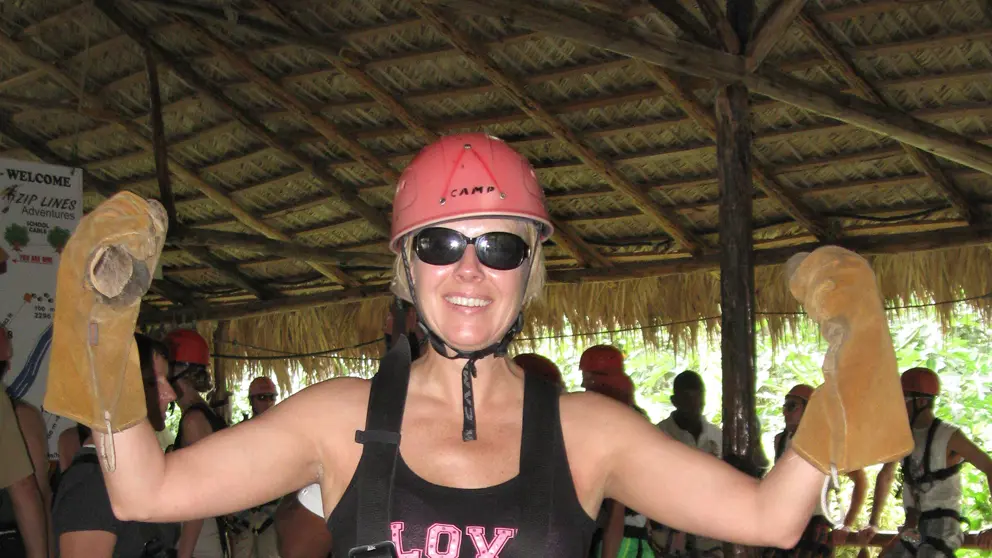Beth Luhowy was ready to go home after spending almost a week at Foothills Hospital in Calgary. She was recovering well from a heart attack that happened while she was attending a conference in Banff in May 2017. Surgeons had put in a stent to open a blocked artery, and the damage to her heart was minimal.
When Beth left Foothills with her partner, Dushon, the message they heard from the medical team was encouraging: the problem was fixed and she was good to go.
But once back home in Anola, Man., she didn’t feel good to go.
“I was afraid a lot, so scared that I would have another event,” says Beth, 52. She couldn’t drive; after the heart attack her licence was suspended for a month. And with Dushon commuting daily to his job in Winnipeg from their rural home, she was mostly housebound.
She worried about the time she was missing from her job as manager of quality for a network of diagnostic laboratories. None of her friends had experienced a heart event, which added to her feelings of isolation.
Beth began taking short walks, as she had been advised. “But I was alone, so I had my phone literally taped to me. I was afraid to go anywhere without it.” The fear of having another heart attack was a constant companion.
A helping hand
Meanwhile Beth got a call from the Reh-Fit Centre in Winnipeg about joining cardiac rehabilitation, a program of exercise, education and counselling designed to help people recover from heart events or heart disease. They had received her referral from Foothills Hospital. As soon as she was able to drive, Beth booked an orientation session.
The program promised to address many of the anxieties that were starting to take root. She signed up immediately.
Women are half as likely as men to attend cardiac rehabilitation.
Beth attended three times a week for the full 16 weeks, signing up for every activity offered. In lectures she learned about topics including the heart’s anatomy, her risk factors for future events and the importance of the medications she’d been prescribed.
“There were sessions with a psychologist, sessions with a dietitian, and sessions with a personal trainer,” Beth says. “We had stress-buster workshops, relaxation workshops, learning how to meditate.”
In the centre’s gym, Beth worked with the trainer and a nurse to return gradually to a normal physical activity routine (she typically worked out at least three times a week before the heart attack).
Perhaps most helpful were the connections she made with other survivors. “We would get talking and you’d realize, ‘Hey, this isn’t something weird that I’m experiencing. Other people have the same concerns.’”
Taking care of herself
Beth was one of only a few women in her group. And research shows women are half as likely as men to attend cardiac rehabilitation.
The reasons for this are complex. But Beth understands why some women might hesitate — especially those who are used to taking care of everyone else in their lives, and putting their own needs last.
Before her heart attack, she was that woman. “I felt very selfish doing something strictly for me,” she admits. “It was only going through the program that I realized I would be more selfish if I didn’t do this. I’m not going to be good for anyone else if I’m not taking care of myself.”
Since wrapping up cardiac rehab in November, Beth feels great. She is able to do more physical activity (with less effort) than before her heart attack and has lost more than 15 pounds. Most important, cardiac rehab helped restore her confidence. “I had totally lost confidence in my body, because it failed me.”
She is committed to taking care of herself. “It’s been a whole change in my mindset. I never put myself first.”
- Learn more about women and heart disease in the Heart & Stroke 2018 Heart Report.
- Learn more about cardiac rehabilitation.

